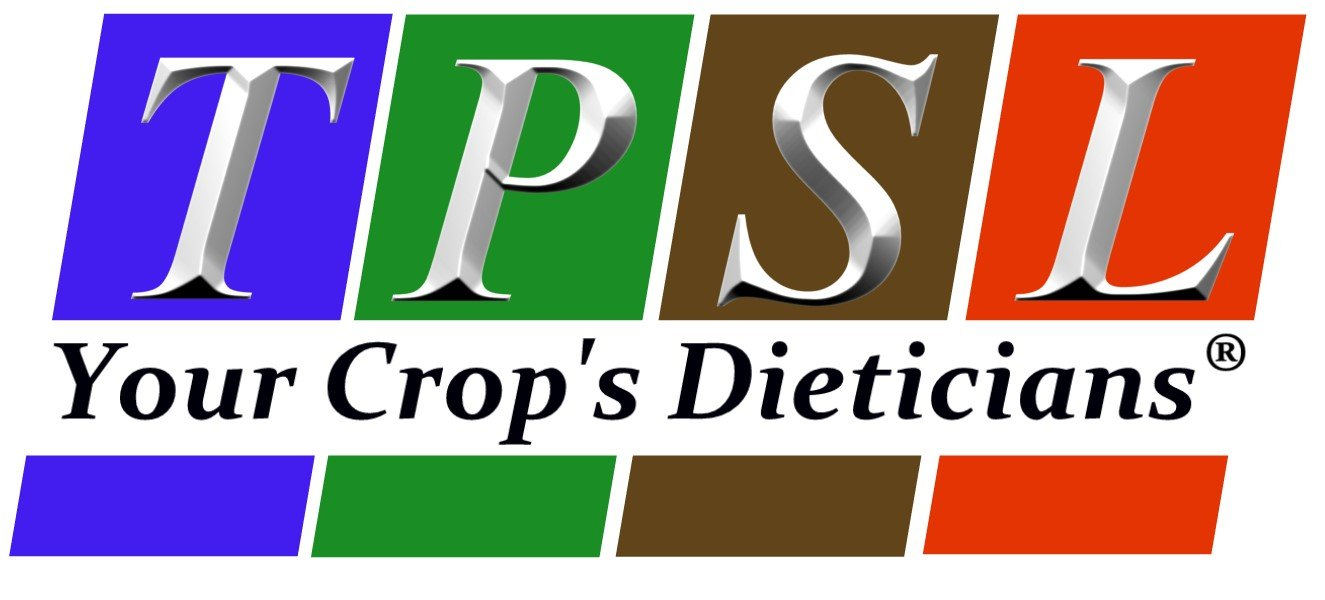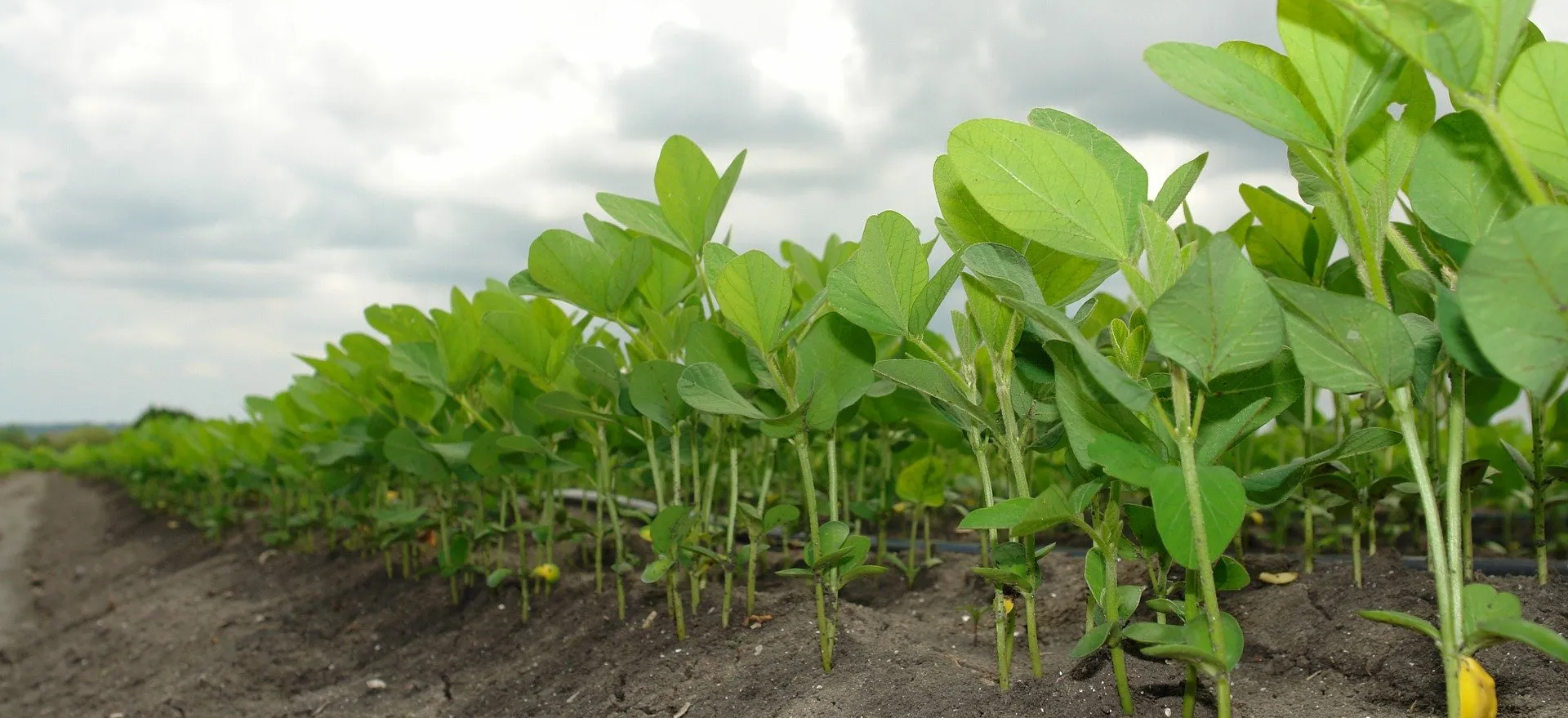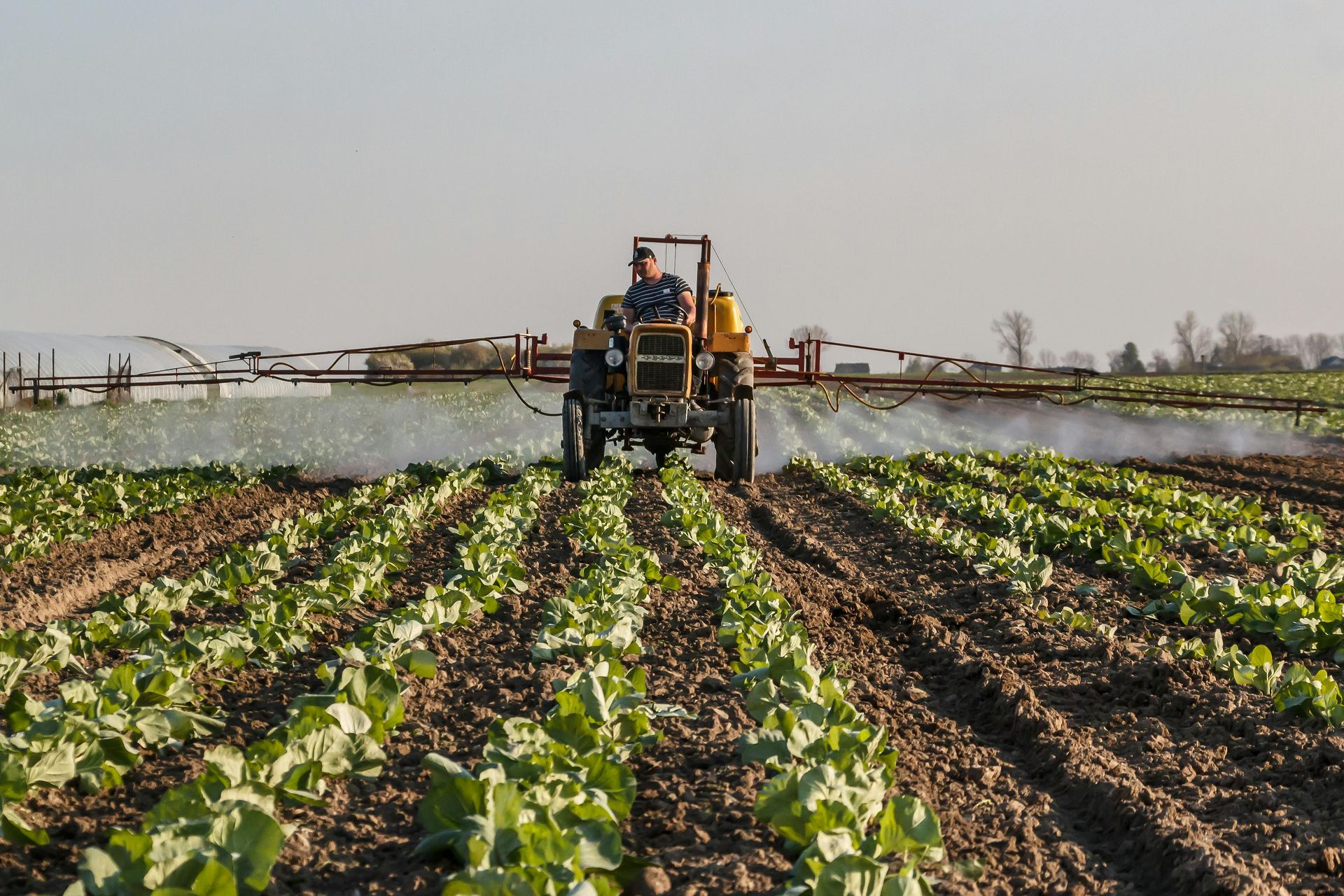Plant Food Utilization
Adequate nodulation can supply a good portion of N. Efficiency of N and P used by the first crop is small, as soybeans are poor feeders – only 10 - 20%. Mixing humus products and Sulfur into the soil weeks before planting may be beneficial. --- K uptake is about 50 - 70%. By supplying the nutritional needs required by your soybeans’ stage of growth, You can dramatically increase your yields and quality, AND Greatly reduce water requirements and eliminate the costs of unnecessary fertilizers!
Soybeans absorb approximately 40 to 45% of their total N, P & K at the beginning of bean formation, when the vegetative plant parts have reached their maximum content. All of these nutrients go into the seed because the grain contains approximately 70% N, 75% P, and 55% K of all the nutrients absorbed.
During the first month of planting, daily nutrient uptakes are small – much less than 1 lb./acre/day. In the second and third month, the daily nutrient requirement can reach 8 lbs. Nitrogen, 0.40 lbs. Phosphorous, and 4 lbs. of Potash.
At soybean yields of 30 to 70 bushels/acre, 1/3 to1/2 (yields above this are proportionately higher) of the Nitrogen absorbed by the plant is in the form of nitrates and ammonium ions. Preplant Nitrogen is recommended depending upon soil analysis results. Phosphate and Potassium should be included with nitrogen soil applications. Since peak Nitrogen uptake corresponds with pod set and seed filling, supplemental Nitrogen is recommended during these stages of growth.
High levels of available Phosphorous are associated with high soybean yields. The greatest demand for Phosphorous is at mid-bloom and mid-pod set. Phosphorous is required for normal Nitrogen fixation. Average mineral recovery from fertilization under good conditions ranges from 10 to 20%. TPSL has been successful in increasing this percentage, especially in drip and pivot irrigation, by using adjuvants such as humic acid, sugars, beneficial soil bacteria and other things.
Soybeans also require large amounts of Potassium. Maximum need is associated with periods of vegetative growth. Potassium can increase the number of nodules which actively fix atmospheric Nitrogen. Average recovery for a Potassium application is 50 to 70%.
The availability of soil nutrients, with the exception of Nitrogen, is basically pH dependent. The pH dictates the complexing, precipitation and solubility of various mineral compounds. Optimal soil pH is between 6.10 to 6.70. If the soil pH is increased from 5.10 to 6.10, soybean yields can increase by 8 bushels/acre.
Very small amounts of Molybdenum (Mo) are required by soybeans for Nitrogen fixation. At pH levels below 6.00, Molybdenum is frequently so unavailable that supplemental applications to seed or foliage will sharply increase yields.
Under favorable conditions, only 25 to 50 percent of soybean flowers effectively fertilize and set pods. If conditions are not good, most early flowers and pods abort.
Weed control is critical in the production of soybeans. Grasses [weeds] are much better competitors for P, K, Ca and Mg, and will rob the soil of nutrients required for optimal production. In addition, there is good evidence that plants [weeds] volatilize excess Nitrogen through their leaves. Palmers Amaranth, Jimsonweed and Entire leaf Morning-Glory volatilize 5 to 10 times more Nitrogen into the atmosphere, than do soybeans.
In addition, since young soybean leaves volatilize high amounts of Nitrogen, succulent vegetative growth would be associated with higher nitrate loss than slow growth. Hence, high amounts of Nitrogen applied at early stages of growth will be mostly lost.





